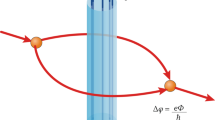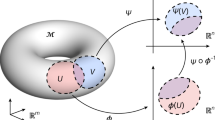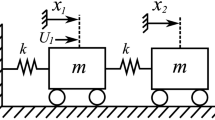Abstract
BOOMERANGS may be studied for their anthropological interest as examples of primitive art,2 or for the manner in which they illustrate dynamical principles.3 But there is extraordinary fascination in making and throwing them, and in watching the remarkable and always graceful curves described in their flight; accordingly, my chief object in the following paper has been to diminish the practical difficulties of the subject by giving some of the results of ten years' experimental acquaintance with it.
This is a preview of subscription content, access via your institution
Access options
Subscribe to this journal
Receive 51 print issues and online access
$199.00 per year
only $3.90 per issue
Buy this article
- Purchase on Springer Link
- Instant access to full article PDF
Prices may be subject to local taxes which are calculated during checkout
Similar content being viewed by others
References
E. O. Erdmann, Ann. d. Phys. u. Chemie., vol. cxxxvii. p. 1 (1869); E. Gerlach, Zeitschr. d. D. Vereins z. Förd. d. Luftschifffahrt, Heft 3 (1886); G. T. Walker, London Phil. Trans., vol. cxc. p. 23 (1897).
Mr. A. W. Howitt, NATURE, July 20, 1876.
Rights and permissions
About this article
Cite this article
WALKER, G. Boomerangs 1 . Nature 64, 338–340 (1901). https://doi.org/10.1038/064338a0
Issue Date:
DOI: https://doi.org/10.1038/064338a0
Comments
By submitting a comment you agree to abide by our Terms and Community Guidelines. If you find something abusive or that does not comply with our terms or guidelines please flag it as inappropriate.



